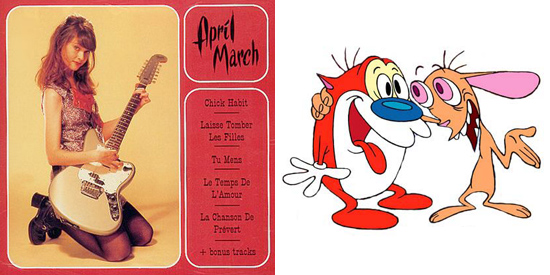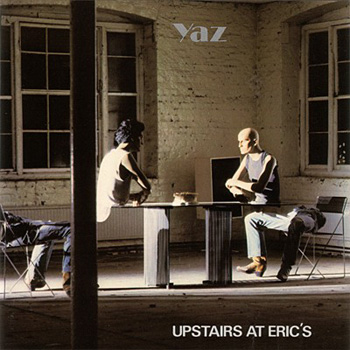|
1
to
10
of
10
matching post(s)
|
|
|
|
|
|
|
|
SXSW Film Premiere: Rip: A Remix Manifesto |
posted:
Sunday, March 22, 2009
| tags:
Intellectual Property, Ideas, Art, Film, Lawrence Lessig, Creative Commons, Girl Talk, William Burroughs, Mouse Liberation Front, Chuck D, Negitivland, DJ Marlboro, Gilbero Gil, Brett Gaylor, SXSW
permalink
|
As a web developer with a commerical art education, I’ve said for a long time that knowing how to use multimedia (design, video, sound, music, programming, writing, speech, etc…) is becoming a simple matter of being an effective communicator.
The internet and the prevalence of cheap computing tools are making multimedia communication and comprehension a matter of basic literacy. Putting clips of media together with a computer may soon become as basic as putting words together with a pen.
Now that almost everyone has some kind of computer and can cut, copy and distribute material easily, intellectual property laws with nonflexible, +70 year constraints are becoming a serious speech limit.
Even if an entity has the legal right to the fair use of an idea, the litigation price and process may force them into submission.
This film uses the mashup musician Girl Talk as a fun narrative device, but applies his situation to medicine, science, the progression of various global societies with differing intellectual property views, and the entire state of human ideas, how they’re formed from previous intellectual fodder and who has the right to own and control them.
If you think the copyright battle is just about downloading music and film, please see this movie.
We were fortunate enough to have a discussion with the Director Brett Gaylor and intellectual property attorney and opinion leader Lawrence Lessig.
It's not distributed yet, but you can save it at Netflix:
http://www.netflix.com/Movie/RIP_A_Remix_Manifesto/70116713?trkid=191776
You can remix and possibly watch the movie here:
http://opensourcecinema.org/
|
 |
|
|
|
|
|
|
"Once again, its up to the seers to slap the ginkels into awareness." |
posted:
Sunday, September 14, 2008
| tags:
Music, Art, TV, Humor
permalink
|
Last week, at the Alamo Draft House, we listened to a talk by Josh Frank, author of In Heaven Everything is Fine, a book about the crazy-ass host of New Wave Theater, composer, yoga master and culturalist, Peter Ivers. Josh showed two episodes of New Wave theater which were awesome. Peter Ivers would hilariously taunt and jab at the punk rock bands he featured on his show. I guess the show was originally on public access and then picked up by Night Flight on the USA Network. In 1983, Peter was murdered in his bed which remains an unsolved crime. Josh is supposed to be back in Austin in November for the Texas Book Festival. Hopefully he'll have more un-YouTubed clips. |
 |
|

She started out as an illustrator for the Spiderman comics, worked her way up to principal animator of the Ren & Stimpy show, started a few bands and recently added a super cool track to Quentin Tarantino's Grindhouse soundtrack.
Wikipedia entry
Chick Habit - April March
|
 |
|
Upstairs at Eric's has one of my favorite Album covers. It just reminds me so much of the "new wave" / "dark dance" era that our older sisters hipped us to. Stark, minimal, dehumanized and cold; Just like the electronics that provide contrast to Alison Moyet's warm vocal.
When I saw these reissues, I hadta post 'em:



and the original:

Photography by Joe Lions for Mute Records
Dont Go - Yaz
|
 |
|
Honda Accord Cog Commericial
The Way Things Go by Peter Fischli and David Weiss
The Better Mousetrap by Tom Cat
From www.wikipedia.org: A Rube Goldberg machine is a deliberately overengineered apparatus that performs a very simple task in very indirect and convoluted fashion. Goldberg's drawings, for example, almost always included a live animal which was expected to perform part of the sequence of tasks. The term first appeared in Webster's Third New International Dictionary with the definition, "accomplishing by extremely complex roundabout means what actually or seemingly could be done simply." The expression has been dated as originating in the United States around 1930[1] to describe Rube Goldberg's illustrations of "absurdly-connected machines". |
 |
|
|